Alan García, the former Peruvian president whose first term in the 1980s was marred by financial chaos and rebel violence, and who was recently targeted in Latin America's biggest corruption scandal, shot himself and died on Wednesday at the age of 69.
President Martín Vizcarra announced on Twitter that García died after undergoing emergency surgery for a bullet wound hours earlier.
García killed himself before being detained by police amid allegations he received illegal payments from Brazilian construction giant Odebrecht after Peruvians voted him back into the presidency for a second term in 2006.
A lifelong politician, his career was marked by epic triumphs and devastating setbacks in a rollercoaster of a public life fuelled by his charisma and capacity for reinvention.
He was "condemned to become president again and again," a former president, Fernando Belaunde, once said.
García became an increasingly isolated figure whose claims that the Odebrecht corruption probe was politically motivated failed to resonate among a public accustomed to intrigue and machinations at the highest levels of government.
The scandal also ensnared three other former heads of state and a long string of powerful officials as Peru went further than any other country outside Brazil in prosecuting politicians tied to the Odebrecht probe
But García's bid for a reconstructed political legacy, long after the darkest days of the Maoist Shining Path insurgency that marked his first term in office fell short as investigators closed in on him.
He maintained his innocence until his death, arguing that he was the victim of false testimony alleging that he took bribes from Odebrecht during the construction of Lima's metro during his 2006-2011 government.
He was never charged.
Born to politics
Alan Gabriel Ludwig García Pérez was born in Lima and became involved in politics from an early age. He accompanied his parents to meetings of the American Popular Revolutionary Alliance party, a centre-left party founded in Mexico with aspirations of becoming a continental movement.
A gifted orator, García trained as a lawyer in Lima and Madrid. At 35, when he was first elected, he was South America’s youngest leader, and was dubbed Peru’s John F. Kennedy.
His first term was defined by the Latin American debt crisis, as governments across the region struggled with public debt and inflation. During that administration, the economy contracted 20 percent and national reserves plummeted. García imposed a limit on debt payments equal to 10 percent of the economy, which isolated Peru from the international finance community. Inflation reached 7,650 percent in 1990 as García’s successor, Alberto Fujimori, removed price controls and replaced the currency.
After his presidency, García went into exile in Colombia and later, France. He returned to Peru in 2001 after Fujimori’s government collapsed, and was runner-up in that year’s election. He ran again in 2006 and won a run-off against Ollanta Humala, who would succeed him in 2011.
“He was a very bright, sophisticated leader, and with a big vision,’’ said Cynthia McClintock, a political scientist at George Washington University’s Elliot School of International Affairs. She met met García in Lima before his second term. “He was chastened by his experiences in his first term, the difficulties of trying to challenge market economics. He saw the tremendous opportunity for a country that was open to investment in sectors like mining.’’
Growth
No Latin American economy grew more than Peru since 2001 to 2010, with GDP jumping 73 percent, thanks to a commodities boom that spurred construction of new mines and turned Peru into the second-biggest copper producer. Under García, Peru created 2.5 million jobs and increased annual per capita GDP by 54 percent.
He took the decision to move full speed ahead with projects to develop Peru’s natural resources, taking a dim view on opposition by local communities.
García oversaw the signing of free-trade agreements with China and the European Union, while forging close ties with regional leaders, including Brazil’s former president Luiz Inácio Lula da Silva. García proposed the creation of a free-trade area between Peru, Chile, Colombia and Mexico in 2011, which later became known as the Pacific Alliance.
When García left office for the last time, he had a 42 percent approval rating – exceptionally good by the nation’s standards. His suicide in the face of detention may force Peru to evaluate the widespread use of imprisonment before trial, said McClintock.
“Latin American countries have been too corrupt for far too long but by the same token, we do have to respect the rights of the accused too,’’ she said.
– TIMES/AP/BLOOMBERG






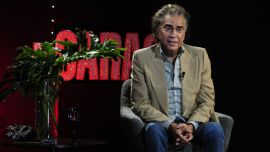






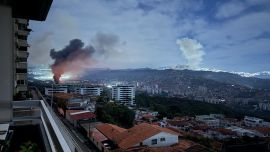
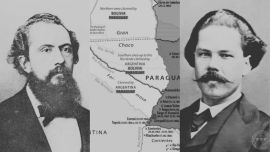
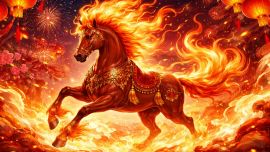
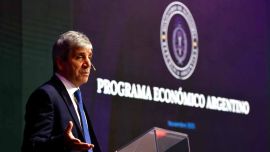

Comments